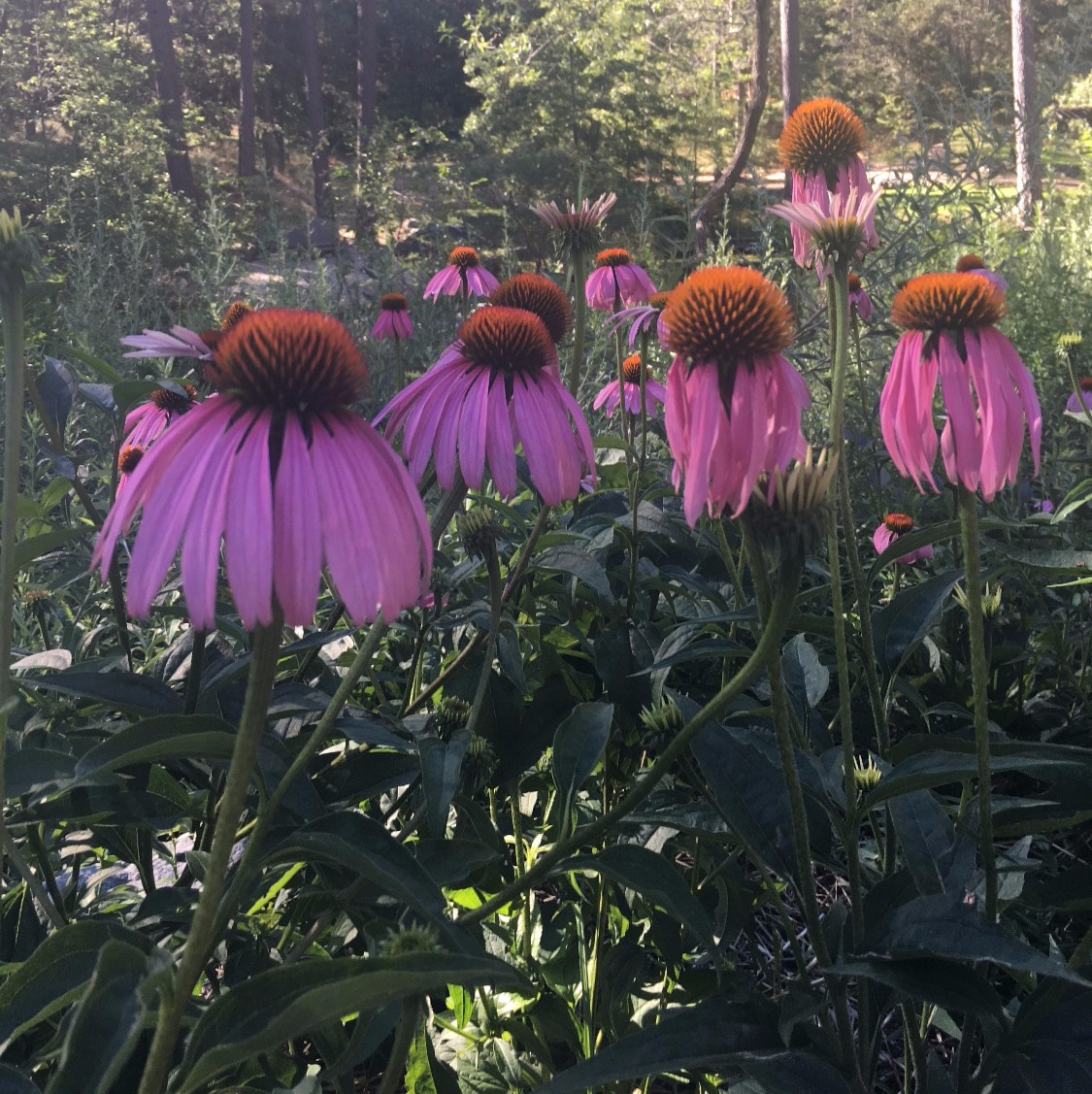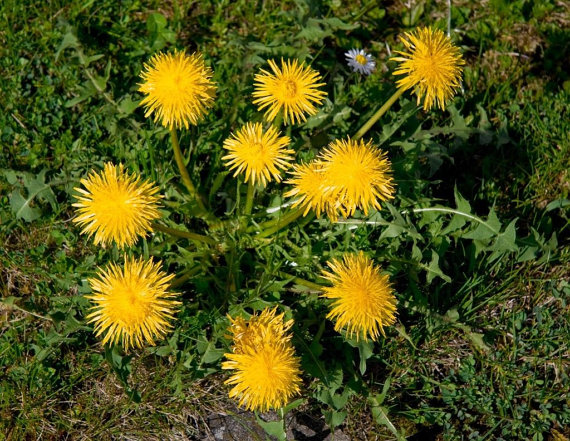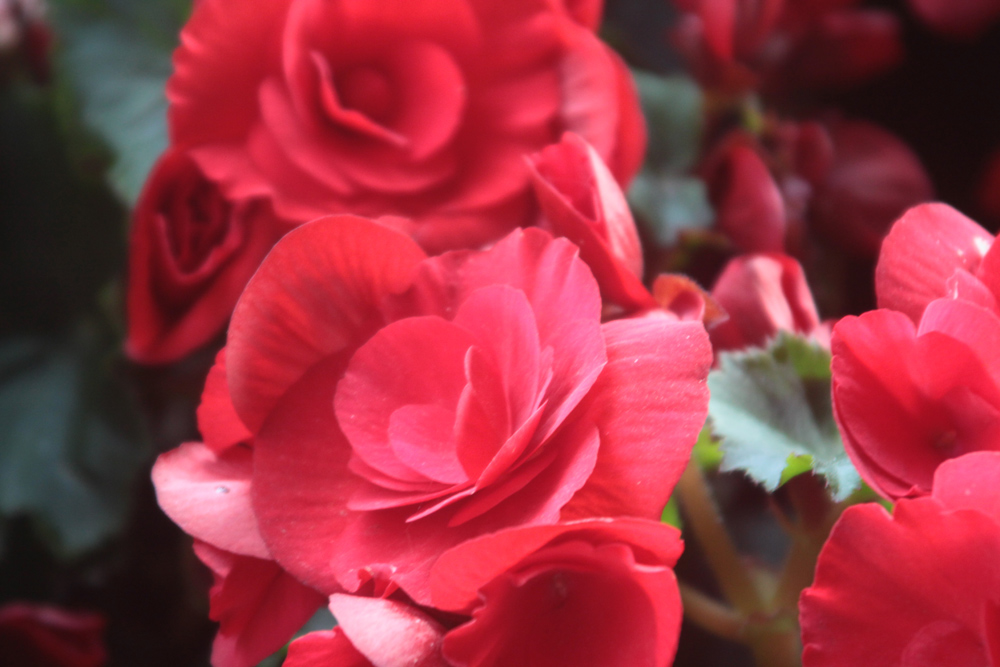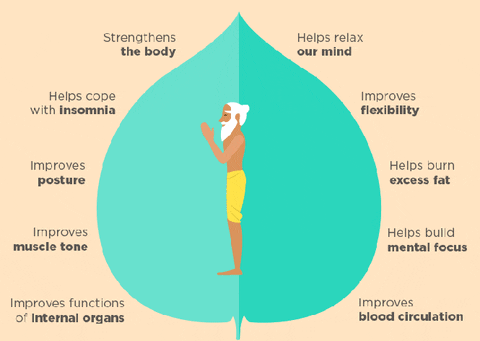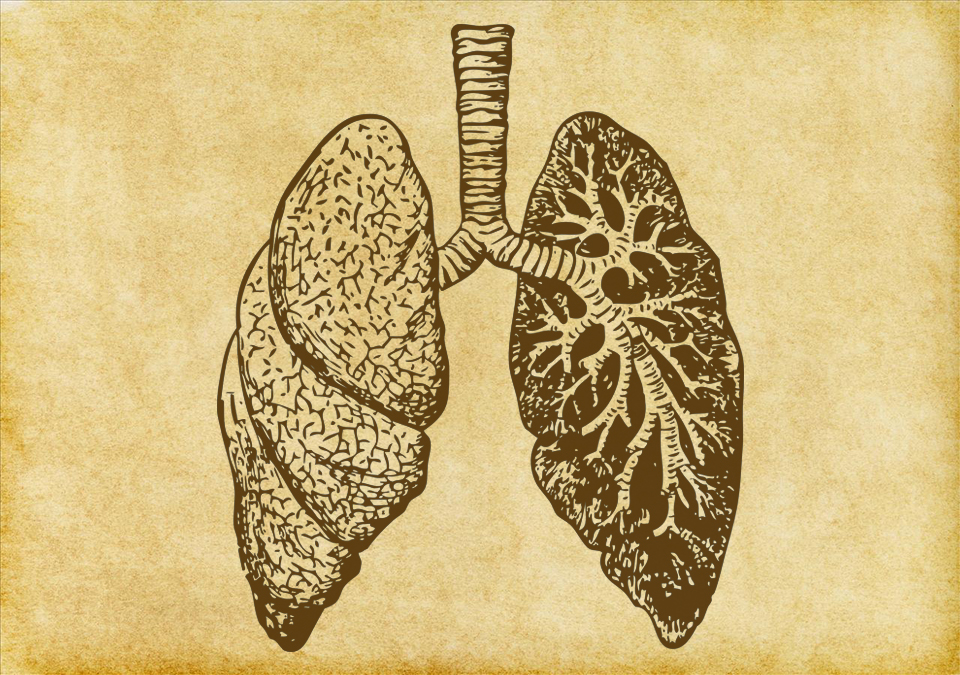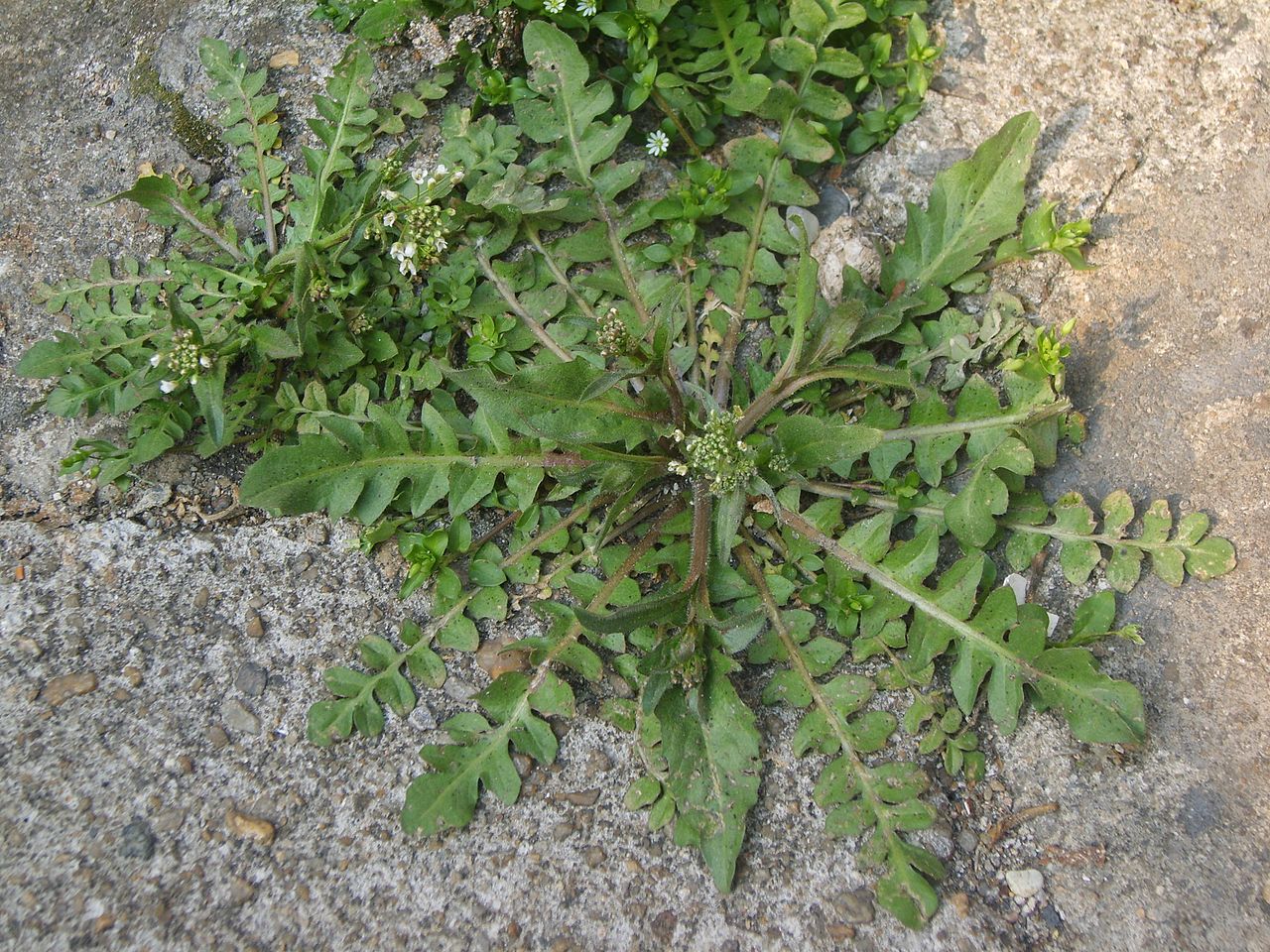
Shepherd’s purse for menstrual support
“Are there any herbs that can help alleviate heavy menstrual bleeding?” Lisa, Fairfax, VA.
Yes! The inspiration for my first post here at “Ask The Herbalists” is shepherd’s purse, an herb renowned for slowing blood flow (particularly menses). In a recent discussion with my own gynecologist, she presented me with a long list of increasingly invasive interventions for reducing the volume of heavy menstrual flow– the last of which was ‘hysterectomy’ (which she was not recommending). As we were chatting, I thought of shepherd’s purse, an herb I had recommended to clients, but had never tried myself.
Exactly what is shepherd’s purse? This herb is a member of the mustard family (Brassicaceae), native to Europe and Asia but naturalized in the US. Its scientific name, Capsella bursa-pastoris, is derived from the shape of the seed pod (‘bursa’ meaning ‘purse’ in some Romantic languages). Medicinally, it is known in many parts of the world for its natural hemostatic (blood slowing) effects.
British author Maude Grieve, (A Modern Herbal, 1931) wrote that the tea “is still considered by herbalists one of the best specifics for stopping hemorrhages of all kinds – of the stomach, the lungs, or the uterus, and more especially bleeding from the kidneys” and that “its haemostyptic properties have long been known…”. Matthew Wood, a modern American herbalist who draws from some early American and European references, as well as his own personal experience, describes shepherd’s purse as a stimulating astringent that works in conditions of dark, stagnant blood, for example in cases where uterine bleeding is sluggish, dark, and clotting.
Modern science seems to concur. A scientific review of current research on this plant from 2015 found that shepherd’s purse causes uterine smooth muscle contractions – suggesting that this is one mechanism of reducing menstrual bleeding as the contractions serve to constrict blood vessels. A clinical trial from 2018 found that the addition of shepherd’s purse did, indeed, lower the volume of menstrual flow in participants who were identified as having “heavy menstrual bleeding” even above and beyond the effects of the mefenamic acid (a non-steroidal anti-inflammatory drug known to reduce menstrual bleeding) that was given to everyone. While there were some limitations in the construct of the study, the results were encouraging.
As for me? Following that discussion with my gynecologist, I have since tried shepherd’s purse, myself, and I am very pleased with the results thus far.
How might you gain the benefits of using this wonderful plant? One of my favorite herbal references is Aviva Romm’s Botanical Medicine for Women’s Health. Dr. Romm, an MD as well as an herbalist, suggests using 2-5 grams of dry herb (either in capsules, powder, or infused as a tea), or 2-4 milliliters of a tincture to reduce menstrual bleeding. The clinical trial described above used an equivalent of 10 grams of herb/day (divided into 4 doses) from onset of bleeding and for seven days.
Note that Mountain Rose Herbs carries both the dried herb as well as a water-alcohol extract, and Herb-Pharm is another good company that offers the extract. Also check your local health-food store or whole-foods grocery.
CAUTION! Dr. Romm indicates that shepherd’s purse should not be used in pregnancy – uterine contractions are not a good thing in that case! – and care should be taken in those who suffer from kidney stones due to the oxalic acid content of the plant. Please consult your herbalist or other botanically-trained health professional before starting any new herbal protocol.
References:
Al-Snafi, A. (2015). The chemical constituents and pharmacological effects of Capsella bursa-pastoris – A review. International Journal of Pharmacology & Toxicology. 5(2), 76-81.Grieve, M. (1931) A Modern Herbal. Naafe, M., Kariman, N., Keshavarz, Z., Khademi, N., Mojab, F., Mohammadbeigi, A. (2018). The Effect of Hydroalcoholic Extracts of Capsella bursa-pastoris on Heavy Menstrual Bleeding: A Randomized Clinical Trial. Journal of Alternative and Complementary Medicine. 00(00), 1-7.Romm, A. (2010), Botanical Medicine for Women’s Health.Wood, M. (2008). The Earthwise Herbal: A Complete Guide to Old World Medicinal Plants.

Donna Koczaja, M.S., graduated from Maryland University of Integrative Health (formerly Tai Sophia Institute) with a Master of Science in Therapeutic Herbalism and a Post-Master’s Certificate in Clinical Herbalism. Originally educated as a mechanical engineer, she combines the rigor of her original scientific training with the traditional healing art of herbal medicine to partner with her clients to uncover the root cause of their underlying health issues. Also a Master Gardener since 2008, her primary interest is in inspiring others to improve their health and sense of wellbeing through the joys of gardening and the power of natural medicine. Read more about her, what she does, and why she does it at www.greenhavenliving.com.

